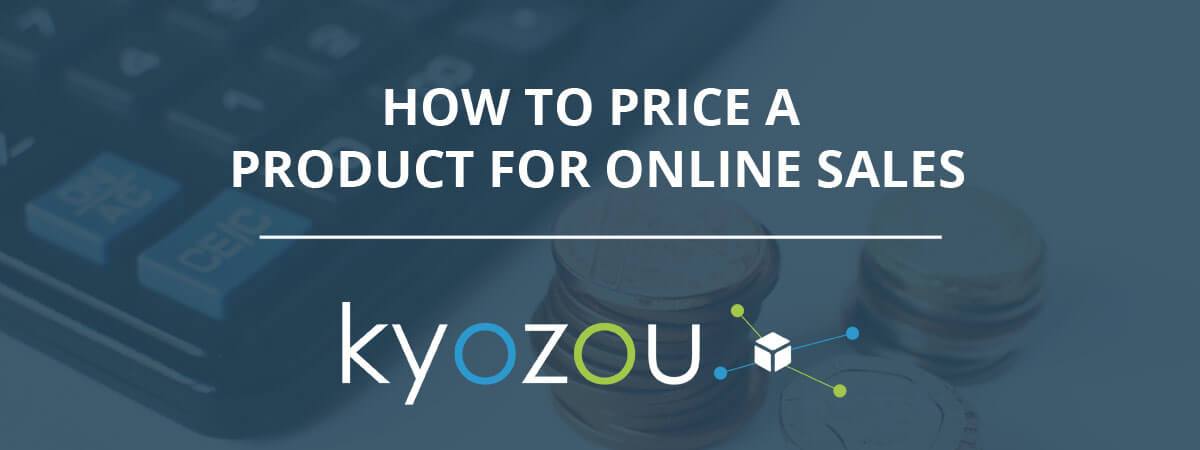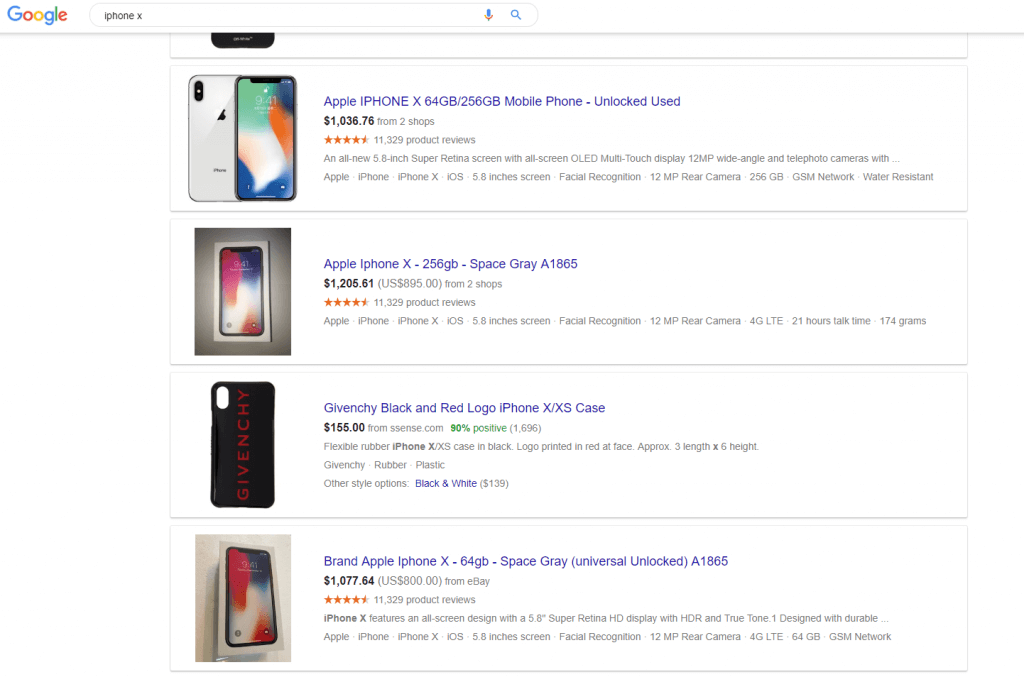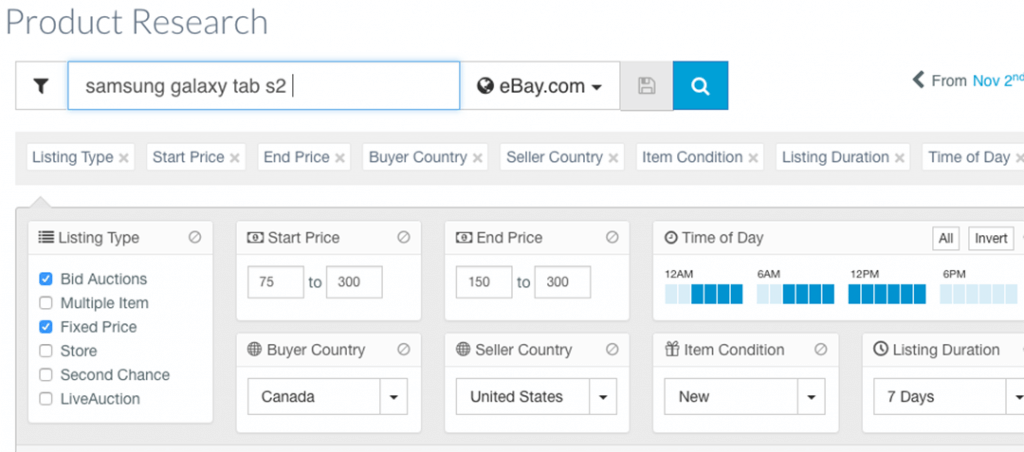How To Price Your Product For Online Sales
You have an item you know is going to be great! You’re ready to list it but figuring out exactly how to price your product for online sales can be a challenge. You know that when that online shopper comes to your website (out of thousands they could have gone and a few that they may have already checked out), the first thing they look at is the price. Establishing pricing can be quite the challenge for ecommerce retailers. The right price is supposed to drive the sale. But what about when you list it and it sells, how do you know if you could have priced it higher and made more margin?
To price a product, it is a mix of both art and science. With a few simple tools and strategies listed here, how to price a product for online sales becomes a little easier. Before diving into the strategies, there are some important factors to remember about price as each online seller will be different.
Pricing reflects:
- Brand: higher prices are affiliated with luxury, lower prices tend to have higher volume with lower margins
- Quality: higher prices are associated with better quality
- Value: what your product brings to the market to fill a need or solve a problem
- Unique Selling Proposition (USP): this is what makes your online store different that causes the customer to buy from you. It’s the value that product from you brings.
How to Price Your Product For Online Sales
Manufacturer’s Suggested Retail Price (MSRP)
Items from manufacturers could have a suggested price point to sell the item at. You don’t have to sell at this price, but this gives an indication of the range that consumers will see elsewhere. It could be a useful tactic to list the MSRP somewhere so that online shoppers see the difference you’re offering.
Psychological Pricing
Humans have an emotional reaction to pricing. Who you target customer is will have a certain perspective that influences their reaction to price. Ending pricing with an odd number such as 5, 7 or 9 has shoppers thinking it’s cheaper than the rounded up number. Research into pricing has shown that using a price ending in 9 performs better because customers think they are getting a deal.
Examples:
- Instead of charging $10 for an item, $9.99 has the customer think it’s closer to 9 than 10.
- Use smaller font tucked in the corner for the “.99” and customers forget it’s there:
Keystone Pricing
The majority of retailers will double the wholesale price of what was initially paid. This means the markup is 50%. This general framing of pricing helps retailers to cover costs and have some profit margin.
Example:
Bought an item for $30 and sell it for $60
Most bricks and mortar retailers or brands aim between 30-40% markup. Depending on if your product is very competitive, then this type of pricing may not work if there are many more cheaper sellers out there.
Relative Pricing
Research what the competition is using for price. If they have been selling the item for a while, they may have already determined the best pricing based on the research and price testing they already completed. You can either price yourself above the competition or below it.
- Price above competition: this could indicate your products are better quality and provide you with slightly higher margins. If your product is a luxury or premium item this strategy works well. However, shoppers are comparison shopping and if an item is the same, they may go with the lesser priced competitor, impacting the volume of sales you may have lost.
- Price below competition: this may land the sale for those shoppers who are price conscious and drive more demand to your webstore. However, you need to make sure you still have healthy margins for this strategy.
Discount Pricing
Customers love discounts and promotions that make them feel like they are getting a deal. Discount pricing allows you to sell a large quantity of low priced products with a little lesser margin. Work with your suppliers to get the discount on volume you purchase from them to help.
If you plan on using flash sales as a discount strategy, you want to make sure that a sale price still covers your costs. If you’re a seasonal seller, you can offer discounts during the off season to help with costs as well as running discounts at the beginning of a season when there is a lot of volume you can take. Sales are a great short term discount period to help drive more purchases. Running discounts is a tactic to use when you want to clear out inventory and drive more traffic to your webstore.
Test Pricing Strategies
Not all ecommerce retailers are the same. They may have different target markets, different array of products and different shopping experiences. Testing your prices will give you a better idea of how your customer responds to your pricing strategy. Pricing reflects your brand and your target market.
Some questions to consider as you test:
- Does a sale during a specific season drive more sales or not? If your customers are price sensitive, then hosting sales helps increase the number of purchases. Or is it that your item was initially priced too high for them? These are things testing and some analysis will help determine.
Finding The Right Price
Determining the best price is an art and a science. It is a combination of what your store brand is reflecting and determining the price that shoppers are willing to pay. At the same time you need to ensure you leave yourself enough money to cover costs and make a profit. There are research tools you can use to help narrow down the right price.
How To Price Your Product Using Google Shopping:
With 90% of online shoppers doing research before they make a purchase, Google and other shopping comparison sites are great free tools to get some pricing insights. Search for the product in Google Shopping:
Price A Product Using Terapeak For eBay And Amazon:
Terapeak is a paid research tool for items that sell on eBay with numerous amounts of built in data and analytics. It also now compiles information from Amazon analytics.
From the Research tab you’ll be able to hone into pricing over various periods. You’ll see how products are trending, average selling price, as well as other data you may find helpful in positioning or understanding what your competitors’ pricing strategies are.
Price A Product Using Amazon Product Search:
Amazon is a top marketplace for shoppers. This is a site that provides great free research on pricing too. Once you enter the product in the search bar, you can click on “Other Sellers”.

You can see what others are selling the product at (giving you a price range), what shipping price is being assigned as well as any ratings. This gives you an idea of what customers are willing to pay and any comments that reflect what they think of the value:
Price A Product Using Product Search In eBay:
As another large marketplace, ebay continuously grows in the amount of shoppers who use it. With all that data, they also provide some pricing data that you can easily use.
Enter the product in the search bar and you’ll see a listing of product selling prices.

To dive deeper, click on items that have the “see more like this” hyperlink. This page will show you even more listings and prices for the product.

Once you’ve determined how to price your product, it can be a lot of work to test and make adjustments to find the ideal price that will sell. Kyozou can help! Use an automation tool like Amazon re-pricer that allows you to set upper and lower limits you’re willing to sell within. Simply include the competing seller’s feedback score along with a few other parameter such as price increment, domestic shipping, fulfillment and Kyozou automatically adjusts your price to be as competitive as possible. That takes out one step of your pricing testing and Kyozou prices within your limits to help get you the best sale price.
These tactics and strategies on how to price a product for online sales will help you choose the best price to test. Your pricing should be reviewed at least yearly to make sure it’s working. Consumer behavior changes quickly. Use your company metrics along with watching what your competitors are doing, where the market seems to be heading and listen to what customers have to say. They can provide you feedback on your pricing and their perceived value. After all, you need to have the right price they are willing to pay.







